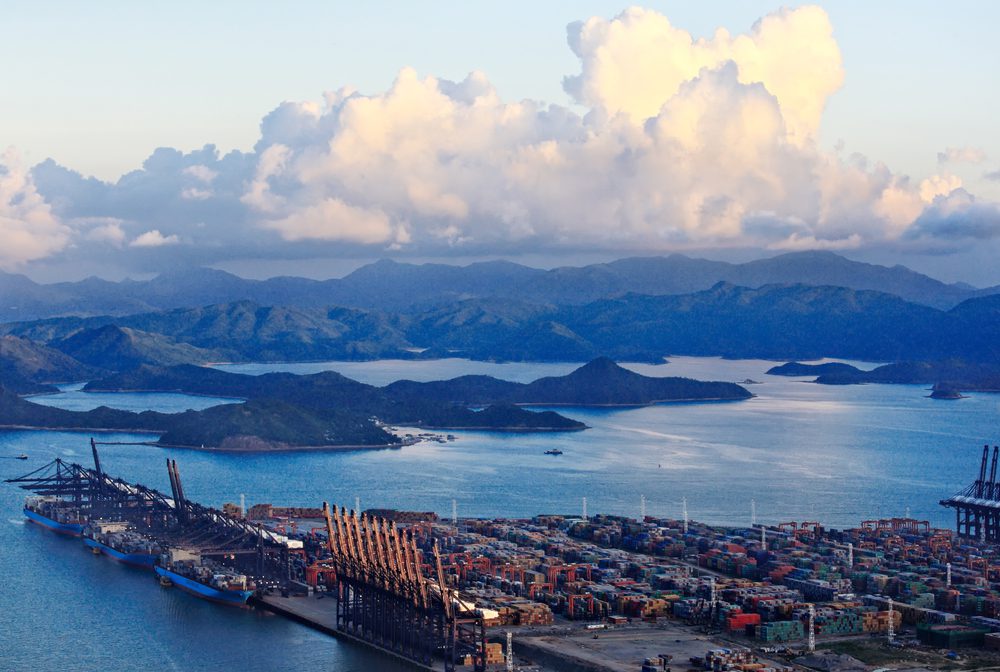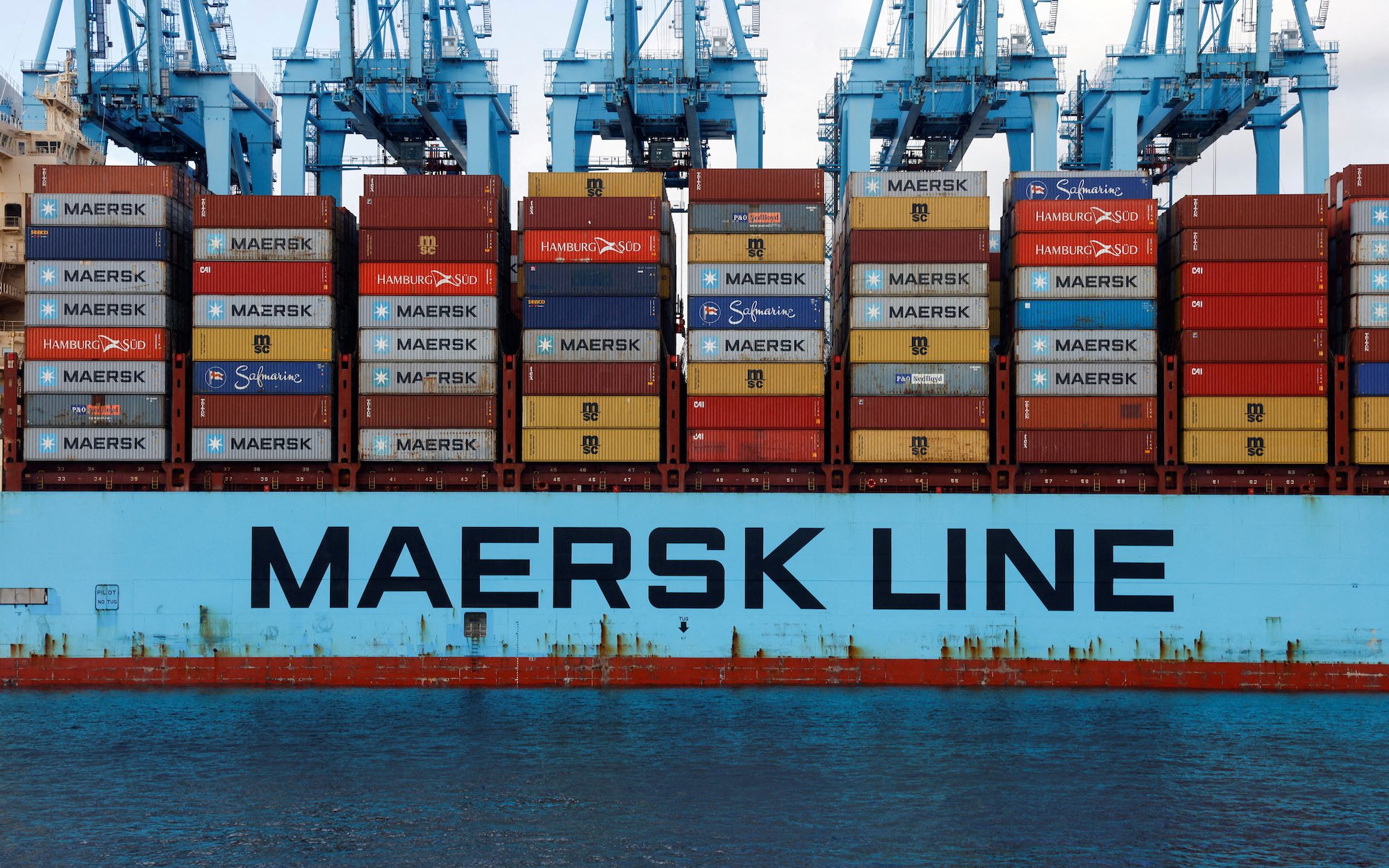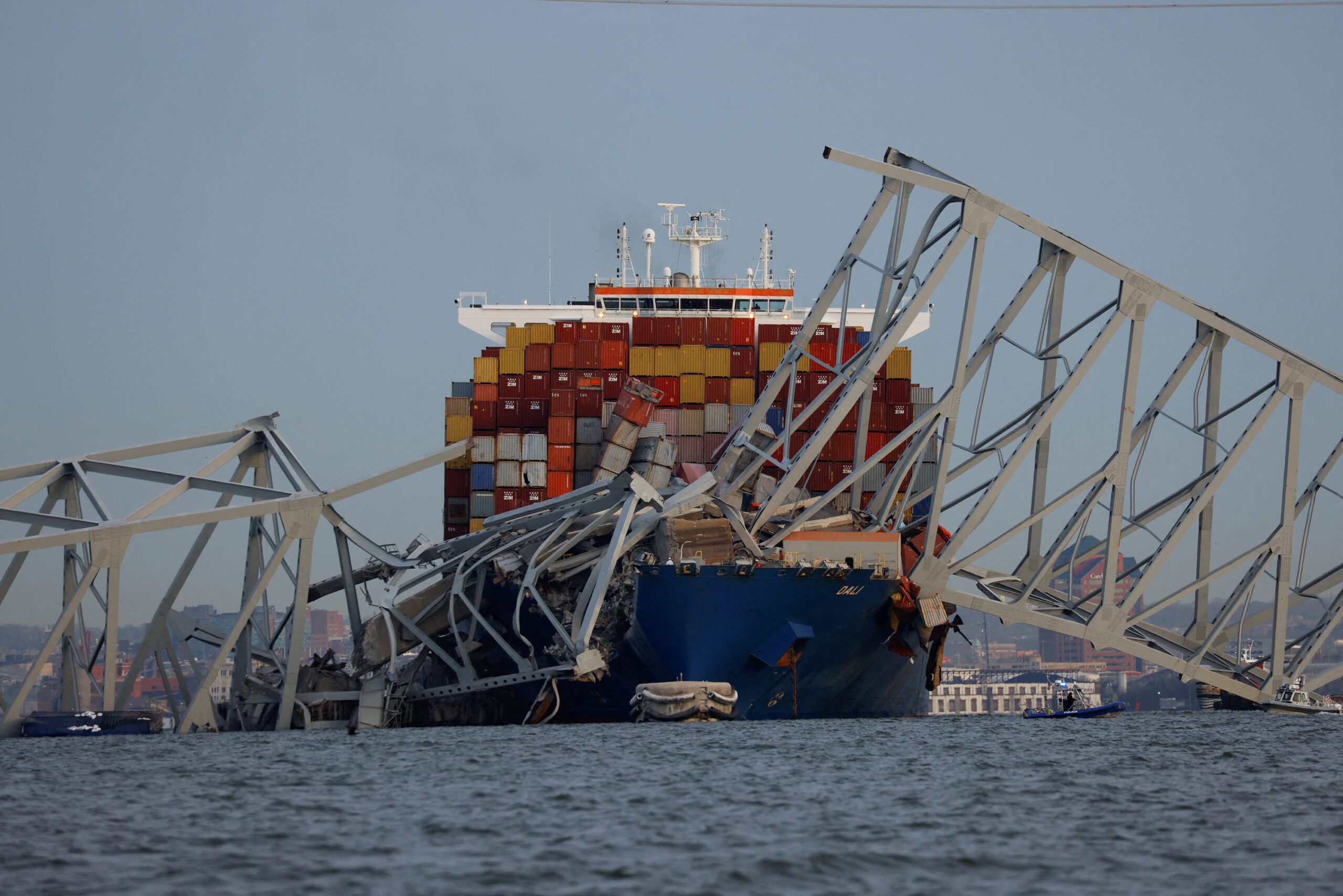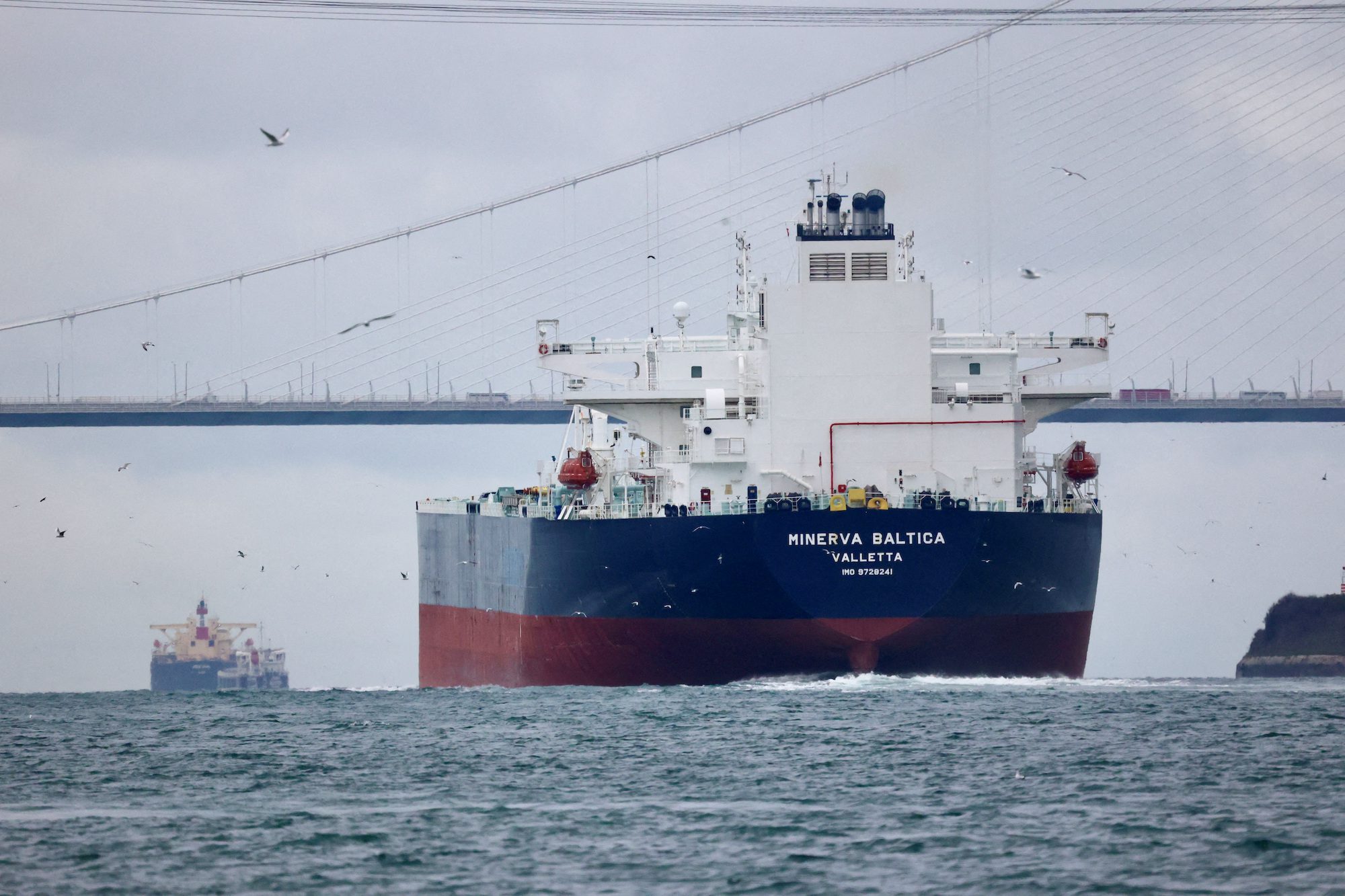By Sam Whelan in Shenzhen, The Loadstar
The waves of port congestion that regularly beset Asian container terminals can be overcome through an industry mind-set shift, Andy Lane, partner at CTI Consultancy, told delegates at the JOC TPM Asia conference in Shenzhen last week.
Using data from the JOC/IHS port productivity database, he also argued that congestion was not necessarily caused by the deployment of mega-vessels – just 12% of all calls at Asia’s 27 largest ports are from 10,000 teu vessels or larger, which carry just 22% of total container volumes.
“Mega-vessels have not happened yet – so that simply cannot be the primary driver behind whatever congestion prevails,” Mr Lane said.
He added: “Cargo surge existed before even 6,000 teu vessels entered service, caused by the legacy of the ‘end week closing’ [of Asia’s factories] – although larger ships do magnify the effect.
“Trying to move a week’s worth of production through two-to-three days of intense terminal operations is akin to trying to force an elephant through a mouse-hole!”
Mr Lane said that as most ships sailed at very similar speeds and served mostly the same ports, the problem appeared to start in East and South China and then rippled out to South-east Asian and Korean hubs, also hitting feedered ports, and even spreading as far as the US or Europe.
“Looking at the world’s 12 largest ports, they appear to be utilised only 48% of the hours available within a period and at sub-optimal efficiency,” he added.
Drawing parallels with the manufacturing industry, Mr Lane said that the “bottleneck machine” – which must either be the most expensive asset within a facility or the one which drives the core revenue stream – was normally utilised 85% of the time and at no less than 85% efficiency.
Contrasting that with container terminals, where the “bottleneck machine” is the quay cranes, he said that “if utilisation could be increased to just 60% and efficiency increased from a standard 28 to 32 moves per hour, then 44% more capacity would be created with zero investment required”. He added that “it would take many more years to fill that before more fixed-asset investments are required”.
Discussing terminal efficiency, Mr Lane said productivity levels had failed to keep pace with average vessel size and design, leading to further delays to shippers’ container supply chains which had already been impacted by slow-steaming.
“When the global fleet slowed down, a typical Asia-North Europe service went from an eight-week rotation to ten. As vessel size and the quantity of terminal moves has increased, productivity has remained flat, meaning the additional time taken in port for a service has further increased transit times by another week,” he said.
The challenge for container terminals, Mr Lane added, was that crane density was now insufficient for the latest generation of containerships, and that “ideally one crane per 40 metres of quay is now required, instead of the traditional one for every 85-100 metres”.
However, terminals will struggle to achieve this because they do not have the landside resources to support the additional speed of quayside flows that increased crane density would require. Additionally, the new state-of-the-art terminals currently coming online are designed on the same scale as in the 1980s.
“It is barely an evolution, when what is really required is a revolution,” Mr Lane suggested.
He said: “As well as a mind-set shift, and structured improvement programmes, much greater levels of co-operation and collaboration among all stakeholders in the supply chain is required.
“It is not the responsibility of one or the other, it is collective, and only limited improvements will be harvested if all players continue to operate in silos.”
The Loadstar is fast becoming known at the highest levels of logistics and supply chain management as one of the best sources of influential analysis and commentary.
Check them out at TheLoadstar.co.uk, or find them on Facebook and Twitter.
Unlock Exclusive Insights Today!
Join the gCaptain Club for curated content, insider opinions, and vibrant community discussions.

 Join The Club
Join The Club













